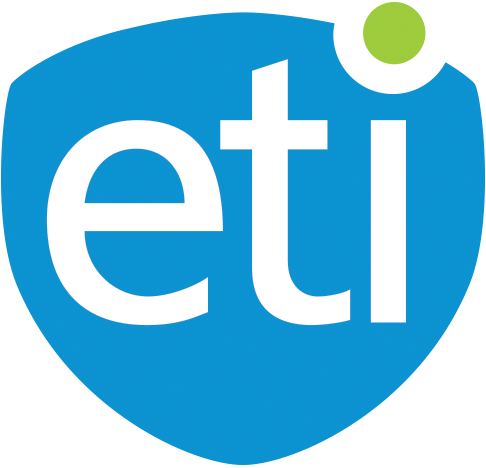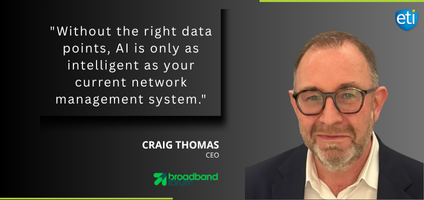Despite a widespread rush to embrace generative AI, a new report from MIT, The GenAI Divide: State of AI in Business 2025, reveals that most corporate initiatives are struggling to deliver significant financial results. The findings, based on interviews, surveys, and analysis of hundreds of AI deployments, point to a stark divide: a small minority of companies are seeing explosive growth, while the vast majority are failing to move the needle.
A stunning 95% of companies in the dataset reported that generative AI implementation is falling short. The core issue? MIT’s research points to flawed enterprise integration. The data also reveals a misalignment in resource allocation. More than half of generative AI budgets are devoted to sales and marketing tools, yet MIT found the biggest ROI is in back-office automation—eliminating manual efforts and streamlining operations.
The Data Integration Mandate
Data integration is essential to success because AI systems are only as powerful as the information they can access. In most organizations, valuable data lives in silos—across applications, databases, and platforms—making it fragmented and inconsistent. By unifying data from multiple sources into a single, consistent view, integration ensures that AI algorithms have the context, scale, and quality needed to generate reliable predictions, uncover hidden patterns, and deliver actionable intelligence.
ETI Software’s intelegrate platform allows broadband providers to quickly unify data across diverse systems, from provisioning platforms to customer management and network devices. By eliminating silos and streamlining data flows, ETI creates a trusted foundation for advanced analytics and AI-driven applications. This seamless integration not only simplifies operations but also ensures that AI models can draw on accurate, real-time information to deliver reliable insights—whether predicting network issues, personalizing customer experiences, or automating service delivery.
The Value of Automation
Speaking of automated service delivery, the report highlights the need for back office automation and how AI can deliver some of that capability. For service providers, however, back office automation often refers to one of ETI’s specialties: advanced provisioning capabilities that streamline critical back-office functions such as provisioning, activation, and mediation. By leveraging these solutions, providers can automate complex, manual processes and seamlessly integrate new technologies with their existing systems, significantly reducing operational costs and improving efficiency.
Beware the Pitfalls of Building Your Own
One of the most surprising findings of the report concerns the build-versus-buy dilemma. Many companies, especially in highly regulated industries like financial services, are attempting to build their own proprietary AI systems. However, the data shows that this “go-it-alone” strategy is far less successful. Companies that purchase AI tools from specialized vendors and form strategic partnerships succeed roughly two-thirds of the time, while internal builds succeed only about one-third as often.
Armed with this knowledge, service providers can begin to build a successful foundation for AI. To learn more about how ETI Software is helping providers with integration and automation, click here.





